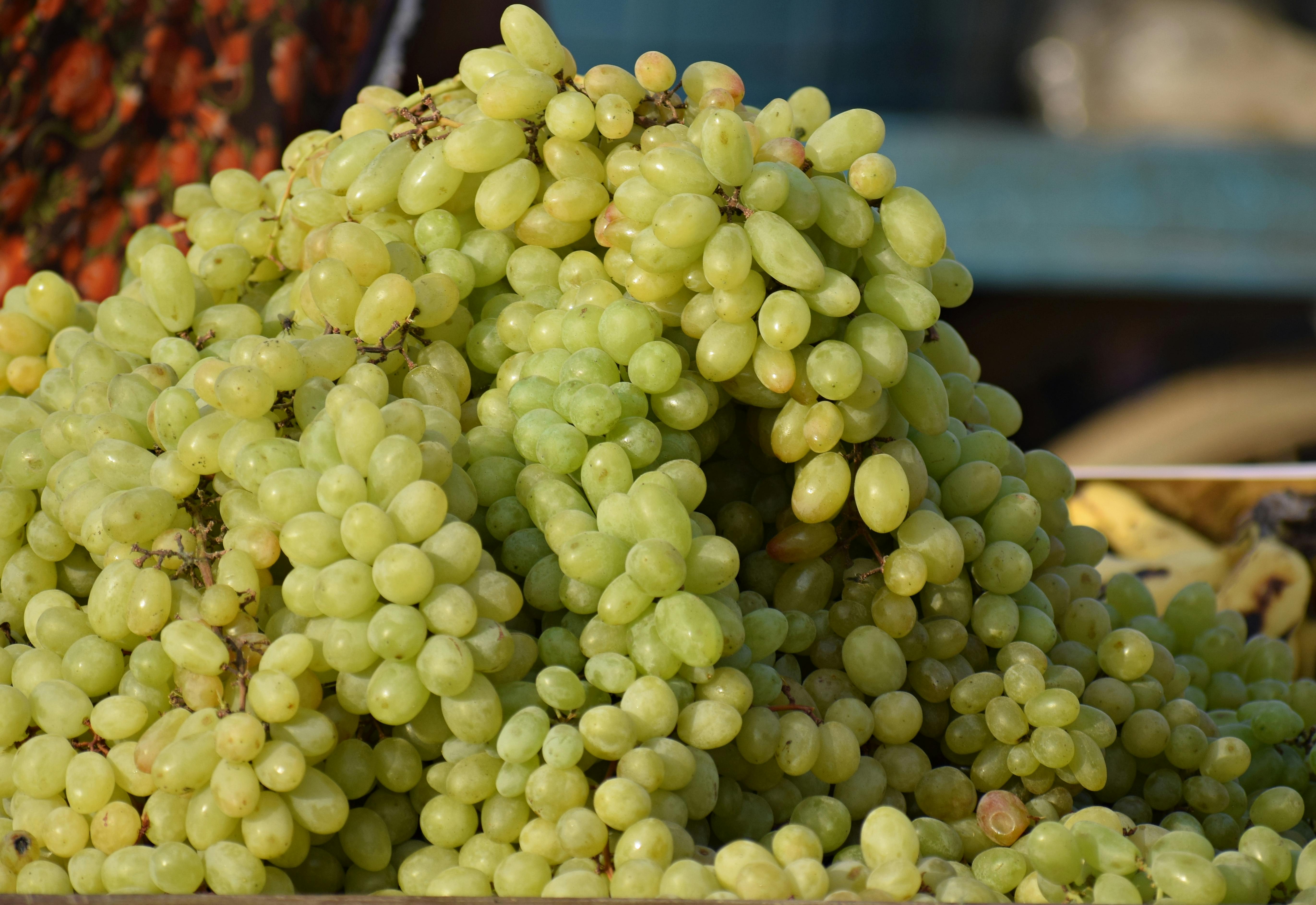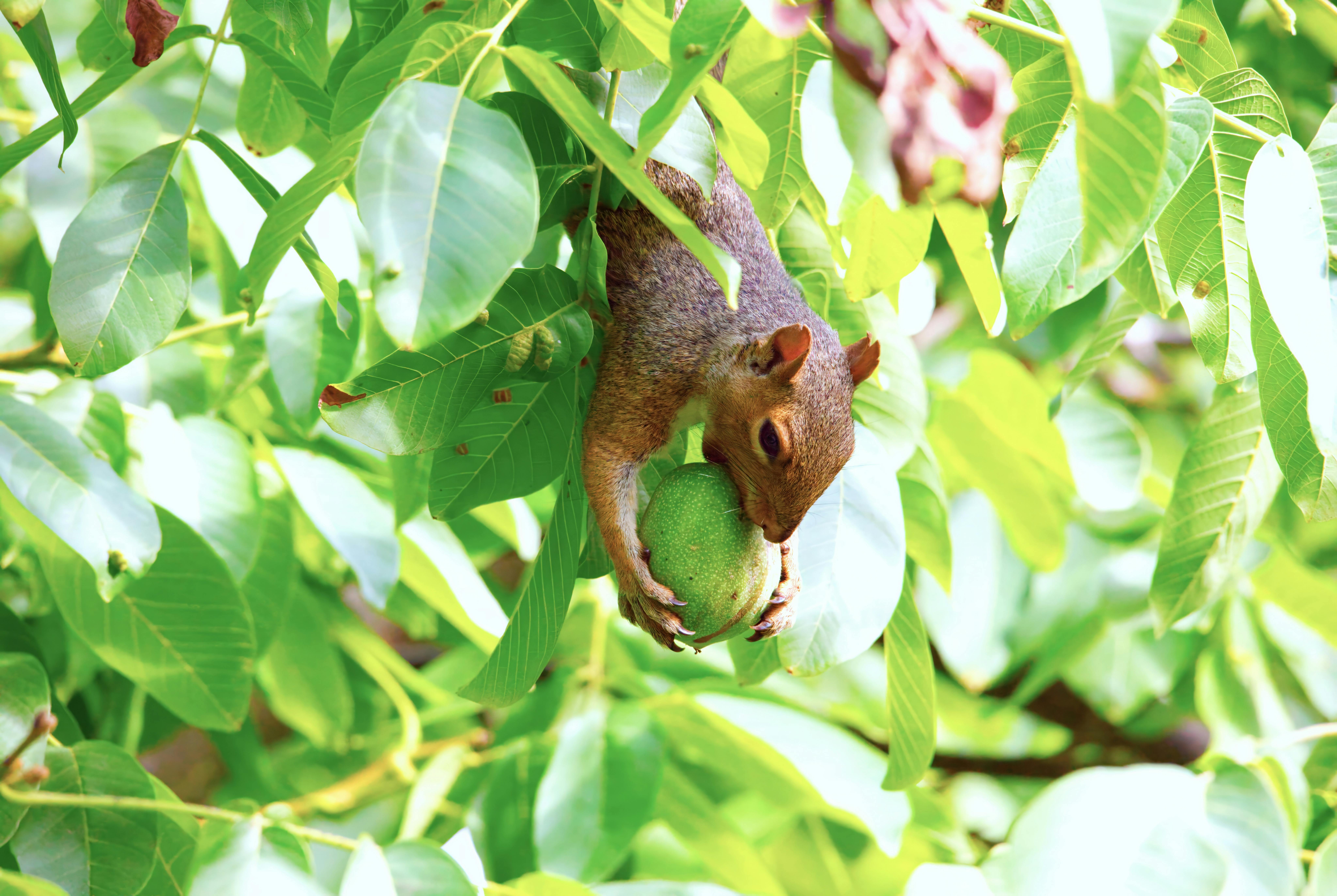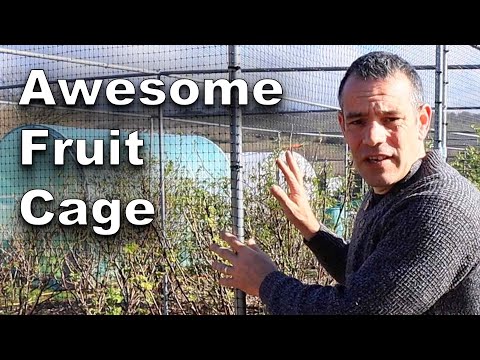A fruit cage is a structure that provides protection against birds, animals, and other pests for a fruit tree or bush. It is made of mesh netting and can be erected over an existing fruit tree or bush to allow it to grow in a safe environment. The mesh used in a fruit cage is designed to keep out larger pests while still allowing air, light, and water to reach the tree or bush. A fruit cage can also be used as a way to control the size of the crop by pruning away unwanted branches. Fruit cages can be an effective way to protect and maximize your harvest.A fruit cage is a structure made out of netting or mesh, which is used to protect fruit-bearing plants from pests and birds. It typically covers the entire plant, providing protection against animals such as rabbits and hares as well as birds like starlings and sparrows. The netting also helps to direct the airflow around the plants, ensuring that they receive adequate amounts of oxygen and moisture.
Advantages of a Fruit Cage
A fruit cage is a great way to protect your plants from pests, animals, and other critters that might otherwise damage or eat the fruits and vegetables you are trying to grow. A well-constructed fruit cage will provide protection from the elements as well as keeping away unwanted guests. Here are some of the advantages of using a fruit cage:
The first advantage is that it provides a physical barrier between your plants and any potential pests or animals that may want to harm them. This will help to prevent damage to your plants and keep them safe from predators. The mesh of the cage will also allow sunlight to reach your plants so they can continue to thrive.
Another advantage is that it can provide additional support for climbing plants such as tomatoes, beans, cucumbers, and squash. The cage can also help protect against strong winds which can cause branches to break or fruit to be damaged.
Finally, a fruit cage can provide aesthetic value for your garden. It can look attractive and add character. It can also be used as a trellis for climbing vines and other decorative features in your garden.
Overall, there are many advantages of using a fruit cage in your garden. Not only does it provide protection for your plants but it also adds aesthetic value while supporting climbing vines and providing additional support for fruits that need it. With its many benefits, investing in a fruit cage is definitely worth considering!
Types of Fruit Cages
Fruit cages are an ideal way to protect your fruit crops from birds, pests and other animals. There are a variety of different types of fruit cages available, depending on the size and type of fruit crop you have. The most common types of fruit cages are wire mesh, plastic mesh, wood and metal. Each has its own advantages and disadvantages which should be considered when choosing the best option for your garden.
Wire mesh is one of the most popular types of fruit cages used today. It is relatively inexpensive and easy to install. It provides a good level of protection from birds, pests and other animals without obstructing sunlight or air circulation. The disadvantage to using wire mesh is that it can be more difficult to clean than other options.
Plastic mesh is another popular choice for fruit cages. It is lightweight, durable and comes in a variety of colors to match your garden’s aesthetic. The downside to using plastic mesh is that it does not provide as much protection from birds or pests as some other materials do.
Wood is also an excellent material for making a fruit cage. It provides natural beauty while still providing good levels of protection from birds and other animals. Wood does require more maintenance than some other materials, however, as it needs to be treated with sealant or paint to protect it from moisture and rot over time.
Metal is the most durable option when it comes to fruit cages but also the most expensive. Metal cages provide excellent levels of protection from birds, pests and other animals while also being aesthetically pleasing in many gardens. The downside to metal cages is that they can rust over time if not properly maintained with regular cleaning and sealing treatments.
No matter which type of fruit cage you choose for your garden, it’s important to consider how much protection you need against birds, pests and other animals before making your decision so that you can find the best solution for your particular needs.
What Kind of Fruits Can be Grown with a Fruit Cage?
Fruit cages are an ideal way to protect fruit trees from birds, pests and other animals. These protective cages allow for the fruit to grow and ripen without being damaged or eaten by birds. A wide variety of fruits can be grown in a fruit cage, including apples, pears, plums, cherries, raspberries, currants, strawberries and many other soft fruits.
The use of a fruit cage is especially beneficial for soft fruits which are prone to damage from birds. For instance, strawberries are particularly vulnerable to bird damage and can have their harvest significantly reduced if not protected by a cage. The same is true for raspberries and most other soft fruits.
Fruit cages can also be used to protect citrus trees such as oranges, lemons and limes from birds and pests. Citrus trees can produce large amounts of fruit when grown in the right conditions but they are also prone to damage from pests such as aphids which can be controlled with the use of a protective cage.
Fruit cages are also useful for protecting young trees while they establish themselves in the ground. This can help the tree grow and develop without being damaged or eaten by animals or birds. This is particularly important for more delicate varieties such as cherries which may struggle to survive if not adequately protected during their early years.
In summary, a wide variety of fruits can be grown with the use of a fruit cage including apples, pears, plums, cherries, raspberries, currants, strawberries and many other soft fruits as well as citrus varieties such as oranges, lemons and limes. Fruit cages offer an effective way to protect the fruit while it grows and ripens on the tree without having to worry about bird damage or pest infestation.
Materials Used for Building a Fruit Cage
Building a fruit cage is an easy and economical way to protect your fruits from insects and birds. You can construct a fruit cage with various materials, depending on the size and shape of the desired structure. The most commonly used materials include galvanized wire mesh panels, wooden posts, metal poles, screws, and plastic ties.
Galvanized wire mesh panels are an ideal material for building a fruit cage as they are lightweight but durable. These panels come in different sizes and can be cut into desired shapes to fit the size of your fruit cage. The mesh is designed to keep out small insects such as aphids while allowing airflow through the gaps.
Wooden posts are also commonly used for constructing fruit cages. They provide stability to the structure and can be cut to any desired length or shape depending on the size of your cage. Posts should be firmly driven into the ground using a hammer or mallet to ensure they remain stable over time.
Metal poles are often used for larger structures such as larger cages or raised beds due to their strength and durability. They can be cut to any desired length or shape to fit the size of your fruit cage and secured with screws or plastic ties for extra support.
Screws are essential when building any type of structure, including a fruit cage. They provide extra security by holding together two materials such as wood and metal poles or mesh panels, ensuring that your structure remains stable over time.
Finally, plastic ties are often used when building a fruit cage as they provide additional security by holding together two pieces of material such as wire mesh or metal poles without having to drill holes into them. These ties come in various sizes and shapes so you can find one that suits your needs perfectly.
In conclusion, there are many different materials that can be used when building a fruit cage depending on the size and shape of your desired structure. Galvanized wire mesh panels, wooden posts, metal poles, screws, and plastic ties are all commonly used materials for building a fruit cage that will keep out small insects while allowing airflow through the gaps.

How to Build a Fruit Cage
Building a fruit cage is a great way to protect your fruit trees and the fruit that they produce from birds, animals, and insects. With a few simple materials and tools, you can easily build your own fruit cage in no time. Here are the steps on how to build a fruit cage.
First, you will need to decide on the size of your fruit cage. If you have a large garden with several different varieties of fruits and vegetables, then you will want to build a larger cage that will be able to accommodate all of your plants. However, if you are just looking for something that will protect one or two trees from birds or other animals, then you can build a smaller cage.
Once you have determined the size of your cage, you will need to gather the materials needed for the project. This includes posts, wire mesh, screws or nails, and any other tools that may be necessary for the project. Make sure that all of these materials are suitable for outdoor use and that they are rust-resistant if possible.
Next, mark out where each post needs to go around the perimeter of your garden or chosen area. You will need enough posts so that there is one every couple of feet in order to support the frame and keep it stable. Once this is done, secure each post into place with nails or screws if necessary.
The next step is to attach wire mesh around the entire perimeter of your frame using either zip ties or clips specifically designed for this purpose. Make sure that the mesh is tight against all sides so that nothing can get through it – apart from your hand when harvesting!
Once this is done, add any additional features such as doors or windows if needed for easy access inside the cage when harvesting fruits or vegetables. These are not always necessary but can be useful depending on how much access you think you may need inside the cage in future seasons.
Finally, give your newly built fruit cage an extra layer of protection by covering it with bird netting (or something similar) over top of it if desired. This will help keep birds away from eating any ripe fruits before you can get them off your trees! And there you have it – now you know how to build a fruit cage!
Planning and Preparation
Establishing a fruit cage requires careful planning and preparation. It is important to decide which type of fruits you would like to grow, as this will determine the size and type of cage that you need. Measure the area where you plan to install the cage, and make sure that it is large enough for your desired crops. It is also important to consider what type of protection the cage will provide against pests, such as birds or rodents. If you need additional protection, you may need to install netting or other barriers around the perimeter of the cage.
Materials
Once you have planned out your fruit cage, it is time to gather materials for construction. You will need posts or poles for the frame of the cage, mesh panels for sides and top, and fasteners like screws or nails to secure them together. Make sure that all materials are treated with a weatherproof coating if they will be exposed to weather conditions such as rain or snow. If possible, opt for materials that are made from recycled plastic or other sustainable sources.
Installation
Once all materials are prepared, you can begin installing your fruit cage. Start by constructing the frame using posts or poles that are firmly secured into the ground with concrete. Then attach mesh panels to create walls and a roof for your structure. Finally, use fasteners to secure any loose ends and make sure everything is securely fastened together.
Maintenance
Fruit cages require regular maintenance in order to ensure that they remain in good condition over time. Make sure to inspect your structure periodically for signs of damage or wear-and-tear, such as rusting metal panels or loose fasteners. Additionally, it is important to remove any debris from inside the cage on a regular basis in order keep pests away and maintain healthy air circulation.
By following these tips, you can set up a fruit cage quickly and easily so that you can enjoy fresh fruits throughout the year!
Regular Maintenance
A fruit cage requires regular maintenance in order to keep it functioning properly and to ensure the safety of its occupants. This includes checking the condition of the fencing, making sure that there are no weak spots and repairing any damage as soon as possible. It is also important to inspect the fruit cage for any signs of pests or disease, especially if it is not being used regularly. If necessary, take steps to control pests or treat any diseases. Additionally, check the soil regularly for nutrient deficiencies or excesses that could be affecting plant growth.
Cleaning
The fruit cage should be cleaned on a regular basis to remove dirt and debris, as well as any pests or diseases that may have entered. Use a brush and hose to clean the walls and floor of the cage, making sure to get into all nooks and crannies. Additionally, use a mild bleach solution to disinfect the area and prevent any further infestations or illnesses.
Fertilizing
It is important to fertilize your fruit cage in order to provide essential nutrients for the plants growing within it. Choose a fertilizer specifically formulated for fruits and vegetables, as these contain all of the necessary nutrients for optimal growth. Follow instructions on packaging carefully when applying fertilizer, as too much can be damaging to plants. Additionally, make sure not to over-fertilize your fruit cage, as this can lead to nutrient imbalances that can stunt plant growth.
Pruning
Regular pruning is an important part of maintaining a healthy fruit cage environment. Prune any dead or diseased branches from your plants in order to promote new growth and prevent further spread of disease or pests. Additionally, prune back overgrown branches in order to allow light and air circulation throughout the cage; this will help ensure your plants receive adequate amounts of both for optimal growth.

Conclusion
A fruit cage is a great way to protect your beloved fruit trees from birds, animals, and other pests. It is also an excellent way to provide support for your fruit trees and ensure their health and growth. Fruit cages come in many sizes and styles, making it easy to find one that fits your needs. Plus, they are relatively easy to install and maintain. With a little bit of care, your fruit cage will provide years of protection for your valuable fruit trees.
Ultimately, a fruit cage is an excellent investment if you want to ensure the health of your fruit trees. With the right size, style, and installation process, you can be sure that you’re giving your precious trees the best possible protection.



